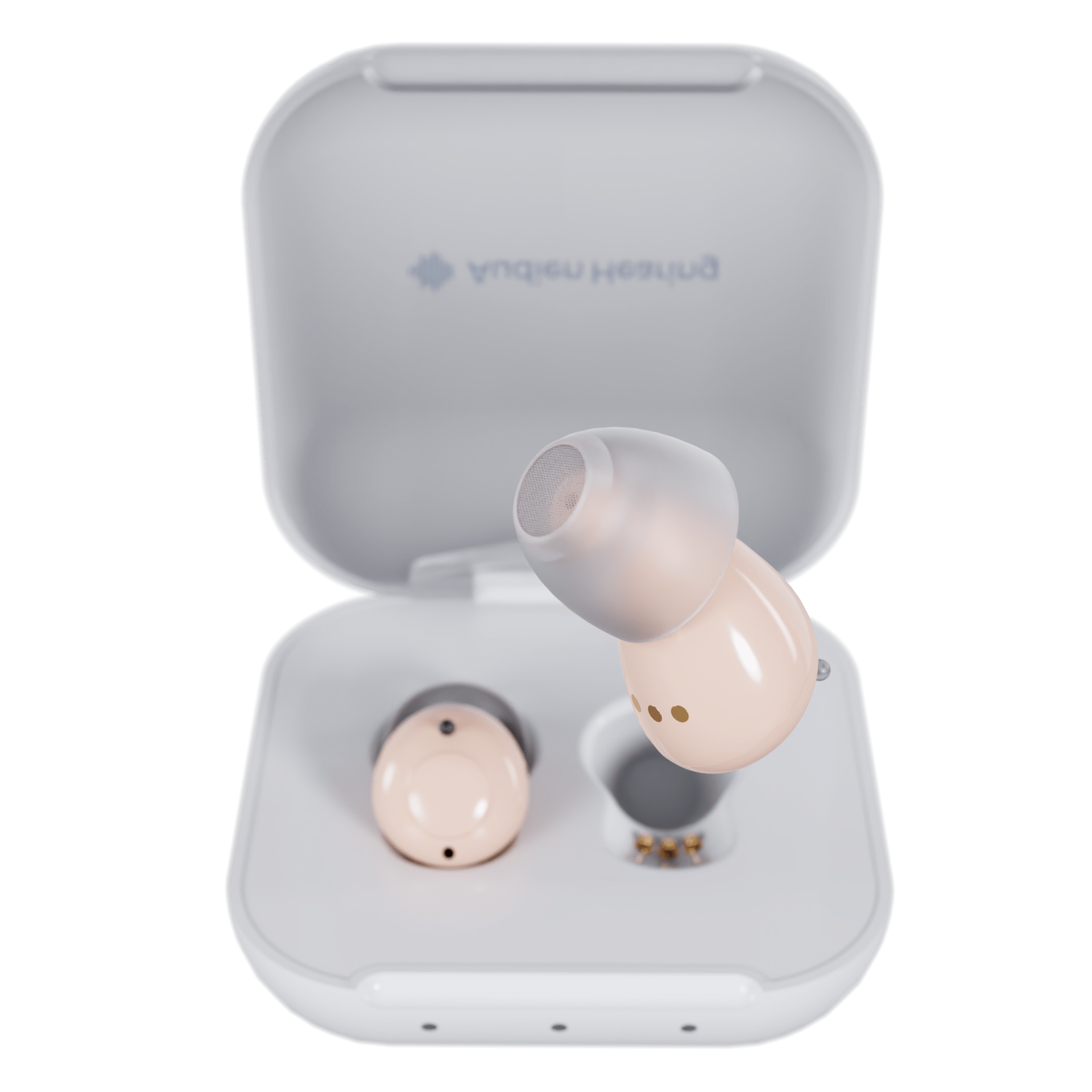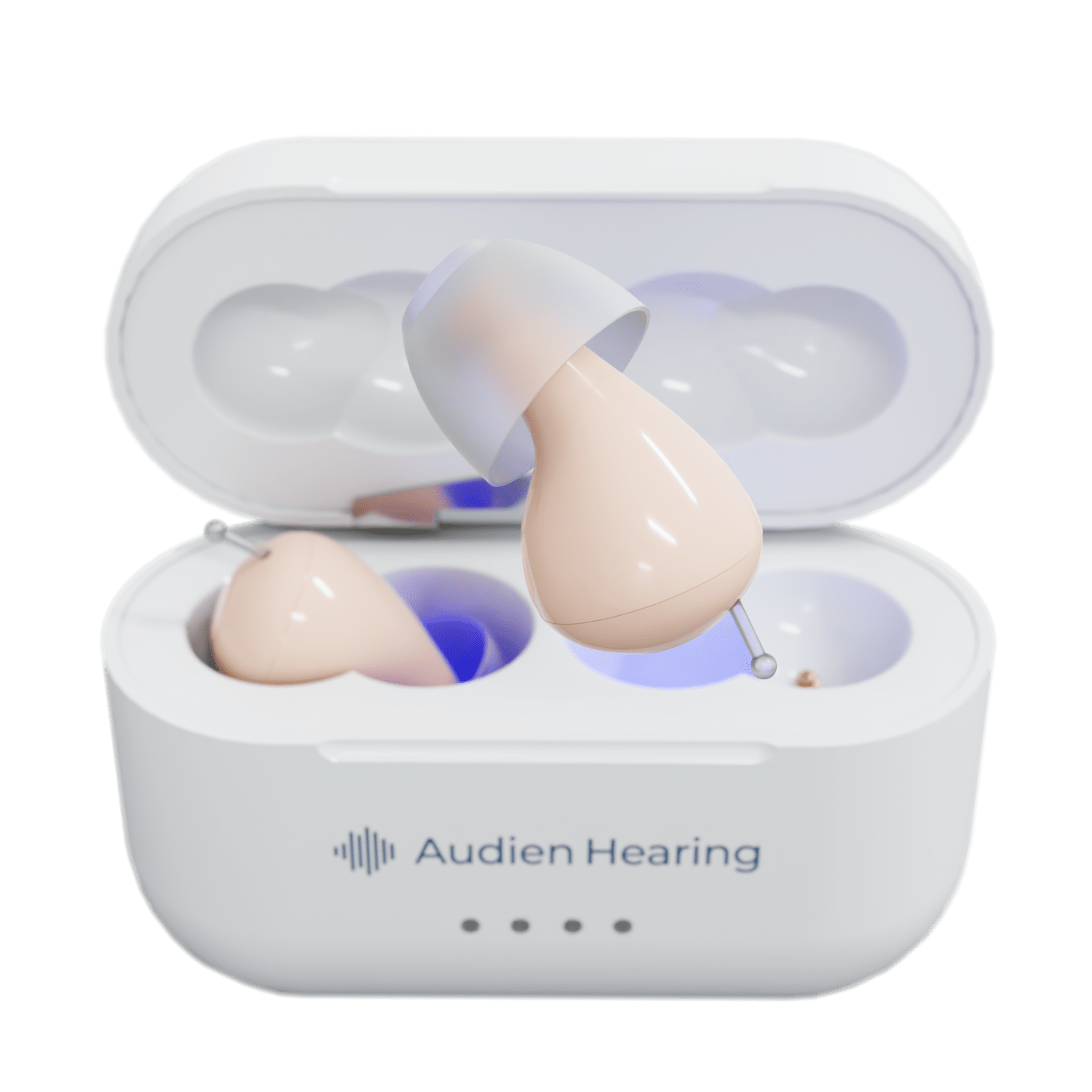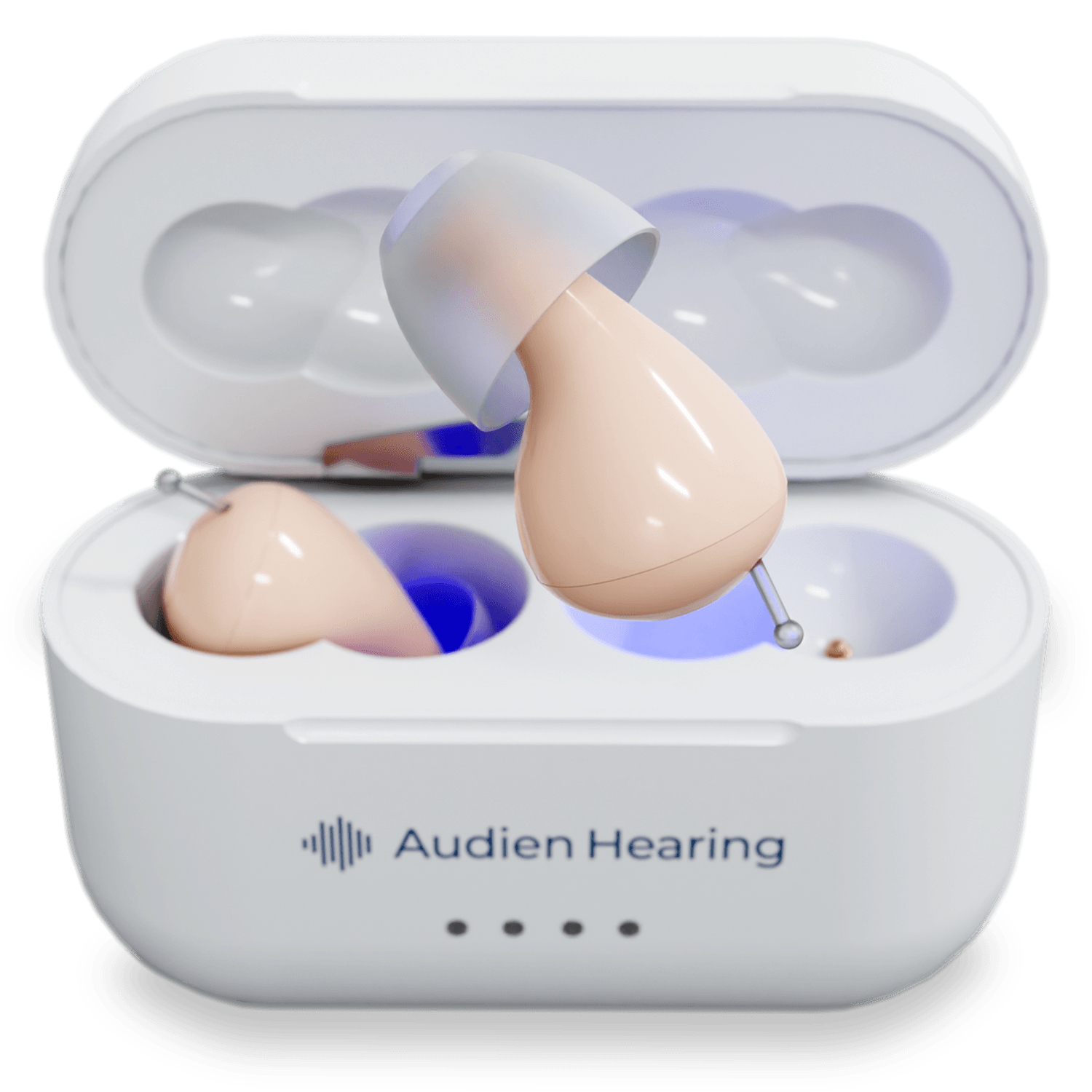Hearing loss affects more people than any other sensory-related disability. Millions of people experience this depreciation of their hearing ability due to natural aging or exposure to loud noises. However, certain conditions can either exacerbate this process or cause hearing loss without the influence of age or exposure.
One of the types of hearing loss that affects our population today is Asymmetrical hearing loss. With this type of hearing loss, there is a difference in hearing between the right and left ear more significant than 15 decibels.
Three Types of Hearing Loss

The main reason that so many people have this disability is that no one is immune to developing hearing loss. Even as a natural process, hearing loss is expected for older generations. The truth is, we use our ears constantly, so this can lead to normal wear and tear over time, decreased aging with time, or a host of factors that could cause a person to acquire hearing loss.
Unprotected exposure to loud noises can cause hearing loss and genetic factors that can raise a person's chances of acquiring hearing loss. Traumatic incidents can also damage your hearing organ, resulting in a depreciation of your hearing ability. For those who suffer from hearing loss, there are three general types of hearing loss that a person can acquire: Sensorineural, conductive and mixed.
Conductive Hearing Loss
Conductive hearing loss is when one of the three compartments of the ear has a defect that causes a physical blockage to the conduction of a sound wave through the ear. The ear itself has three compartments that all play a specific role in the process of hearing.
The outer ear is composed of two major structures -- the auricle and the ear canal. The auricle is the external, easily recognizable part of the ear, and it acts as a way to actually catch sound waves and corral them toward the ear canal.
The middle ear is separated from the outer ear by the tympanic membrane, commonly known as the eardrum. This portion of the ear houses the tympanic cavity that houses specialized bones that react to the eardrum’s vibrations. These vibrations are carried to the inner ear by some of the smallest bones in the body called the ossicles.
This portion of the ear houses the cochlea and acts as the neurological integration of the hearing center. Vibrations from the middle ear are transposed to electrical signals in the inner ear and transported via the auditory nerve to the brain for processing into sound.
When something interferes with any of those compartments in a way to block sound -- that hearing loss is known as conductive hearing loss. This can be as harmless as ear wax build-up or as complicated as an autoimmune disorder attacking cells of the ear and causing inflammation and blockage. It is possible to have conductive hearing loss due to blockage and sensorineural hearing loss -- this type is called mixed hearing loss -- however, asymmetrical hearing loss is typically not due to conductive issues.
Sensorineural Hearing Loss
Sensorineural hearing loss is characterized as hearing loss due to damage to either the cochlea or any neurological aspect of hearing. This can be any kind of defect, from hereditary hearing loss to damage sustained from a traumatic incidence.
This kind of hearing loss typically represents some of the more severe forms of hearing loss. It can also have multiple variations of onset and manifestations. To diagnose sensorineural hearing loss, you need to see an audiologist and receive a battery of hearing tests to assess not just the level of hearing loss but the type.
Sensorineural hearing loss is the type of hearing loss that can manifest asymmetrically.
What Is Asymmetrical Hearing Loss
Put simply; asymmetrical hearing loss is when a person has uneven hearing loss in both ears. When a person experiences hearing loss, it is not uncommon to experience it equally in both ears.
In some instances of sudden sensorineural hearing loss or deafness, a person can experience a slow onset of hearing loss or even uneven hearing loss. However, these cases are soon resolved to equal portions of either significant hearing loss or deafness in both ears.
In the case of asymmetric hearing loss, typically, the duration is longer and has some kind of origin that will keep the person in asymmetric hearing loss. While it is very common for people to experience slight variations of either health of hearing or loss of hearing, asymmetric hearing loss is defined as a hearing difference of fifteen decibels or more.
This is a very significant amount of difference to be present between two ears. This is the kind of difference a person would undeniably notice if they had asymmetric hearing loss.
But how do you know if you have asymmetric hearing loss and what causes it
Diagnosing Asymmetric Hearing Loss

If you suspect that you may have asymmetric hearing loss, the first thing to do is seek medical guidance from your physician. Most times, if there is adequate reason to suspect hearing loss, your physician will refer you to an audiologist. These specialists focus on understanding the ear and finding out what is going on when you have issues with your hearing.
Typically the next step is to get an audiogram, which results from a battery of tests that your audiologist will administer. The results of this test tell you where your decibel thresholds are.
A decibel threshold is the specific decibel point at which a person can recognize a sound. As sound waves travel, they present themselves with a certain amount of force or power. This force is measured in decibels.
For instance, the hiss of an espresso machine in the corner of a coffee shop can easily be drowned out by the volume of a group of rowdy friends laughing and talking near the machine. These sounds are reaching your ears with certain levels of force. If the sound of the hissing were more powerful, it would present at a higher decibel, and you’d notice over the laughter and talking of the friends.
When we get an audiogram, it tells us what thresholds we have with our natural hearing. As a person loses their ability to hear naturally -- they’re decibel threshold goes up. That is why individuals with hearing loss require specific medical devices like hearing aids -- because they take certain frequencies that naturally fall below the acquired decibel threshold and boost them up.
When an audiogram shows two different thresholds between a person's ears, as long as that decibel difference is 15 or more, it is considered asymmetric hearing loss.
How Does Someone Acquire Asymmetric Hearing Loss?
Just like all people can acquire hearing loss over time or through exposure to loud noises, anyone exposed to loud noises can also acquire asymmetric hearing loss. If a person perpetually has one ear exposed to a loud noise -- it will develop a depreciation in hearing faster than the ear that is not directly exposed.
Certain disease states can also cause asymmetric hearing loss due to the impediment of the neurological aspect of the hearing system. Most asymmetric hearing loss is of the sensorineural type. This can be caused by tumors developing in the cerebellopontine angle.
Both Meningioma and vestibular schwannomas can grow in this area of the brain. This creates pressure which can cause appreciable levels of asymmetrical hearing loss. In order for this level of diagnosis to take place, however, a person will have to be subjected to an MRI or an auditory brainstem response (ABR) test.
This condition can be present in three different ways. In the first, it can present where both ears -- while asymmetric in hearing capacity -- can be helped by medical treatment. The second is where there is one ear that is not able to be helped and one that is still able to be treated. Lastly, asymmetric hearing loss can present with one ear that is majorly affected by hearing loss and another ear that is perfectly fine with no hearing loss at all. “Don’t worry, these tumors are benign and very rare.” - Drew Sutton, MD, Board-Certified Otolaryngologist.
Treatment of Asymmetric Hearing Loss
Because asymmetric hearing loss typically represents moderately severe to profound hearing loss, treatment can range widely. Surgical implants or bone-anchored hearing aids are one method of helping the more heavily impaired ear.
For every person, the treatment will be different. The most common form of treatment is hearing aids which you can get prescribed or over the counter, depending on your level of severity and need. While we always encourage you to get professional medical advice from your primary care provider, we strive to produce the highest quality over-the-counter hearing aids on the market.
While the demands of a condition like asymmetric hearing loss may be more significant than an over-the-counter option can offer, we can still provide an affordable, dependable option for anyone looking to invest in over-the-counter hearing aids. “Audien hearing aids can be a welcome surprise for a variety of patients.” - Drew Sutton, MD, Board-Certified Otolaryngologist.
Sources:
Asymmetrical Sensorineural Hearing Loss: Fitting Strategies Donald J. Schum | audiologyonline.com
Bone Anchored Hearing Aids for the Treatment of Asymmetric Hearing Loss| nih.gov
Sudden Sensorineural Hearing Loss (SSHL)| nih.gov
Symptom: Asymmetric Hearing Loss: The Hearing Journal | journals.lww.com













